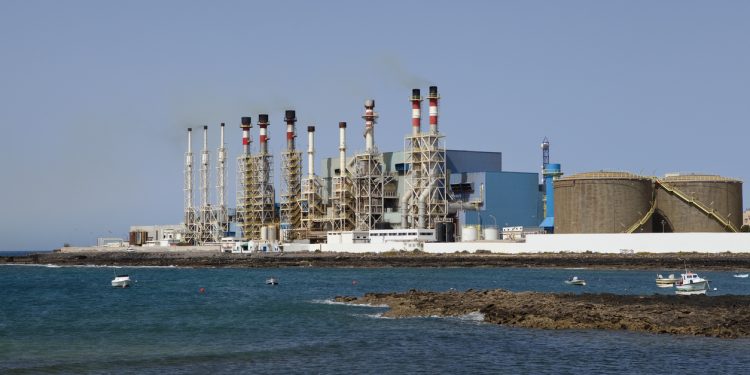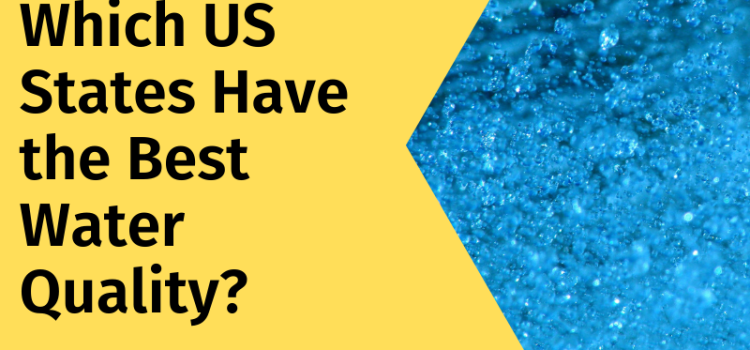In an era where water scarcity is becoming an ever-increasing concern, the desalination industry stands as a beacon of hope. The industry is poised for significant growth, projected to reach a staggering $36.98 billion by 2032. This extensive analysis delves into the technological advancements, applications, water sources, and regional contributions that shape this burgeoning market.
Technological Advancements in Desalination
Reverse Osmosis (RO) Technology
Reverse Osmosis remains the dominant technology in the desalination sector. This process involves forcing water through a semi-permeable membrane, effectively removing salt and other impurities. Advances in membrane technology have significantly increased efficiency, reducing energy consumption and operational costs. Innovations such as high-rejection membranes and energy recovery devices have further cemented RO’s position as a preferred method.
Thermal Desalination Methods
Thermal methods, including Multi-Stage Flash (MSF) and Multi-Effect Distillation (MED), utilize heat to evaporate and condense water, separating it from salts. Recent developments in hybrid systems combining thermal and membrane technologies have enhanced performance and reduced environmental impact. These methods are particularly prevalent in regions with abundant energy resources.
Electrodialysis (ED) and Forward Osmosis (FO)
Electrodialysis and Forward Osmosis are emerging technologies gaining traction due to their lower energy requirements. ED uses electrical potential to drive ion transport through membranes, while FO employs osmotic pressure differences. These methods are becoming increasingly viable for specific applications, including brackish water desalination.
Applications of Desalination
Municipal Water Supply
The most significant application of desalination is in providing potable water for municipalities. With urban populations swelling, the demand for reliable freshwater sources is critical. Cities in arid regions, such as those in the Middle East and North Africa, rely heavily on desalination to meet their water needs.
Industrial Use
Industries, particularly those in chemicals, petroleum, and power generation, require vast quantities of water. Desalination provides a stable and high-quality water supply for these sectors, ensuring operational continuity and regulatory compliance. Innovations in industrial desalination systems have tailored solutions to meet specific industrial demands.
Agricultural Irrigation
Agriculture is another sector benefiting from desalination, especially in regions facing chronic water shortages. Desalinated water, when appropriately managed, can support sustainable agricultural practices and enhance food security.
Water Sources for Desalination
Seawater Desalination
Seawater remains the primary source for desalination. The vast availability of seawater makes it an attractive option, particularly for coastal regions. Seawater desalination plants are designed to handle high salt concentrations and deliver large volumes of potable water.
Brackish Water Desalination
Brackish water, with lower salinity levels than seawater, is also a significant source for desalination. The lower salt content reduces energy requirements, making it a cost-effective solution. Brackish water desalination is particularly suitable for inland regions with limited freshwater availability.
Wastewater Reuse
Innovations in desalination technology have enabled the treatment and reuse of wastewater. This approach not only provides an additional water source but also addresses environmental concerns related to wastewater disposal. Advanced wastewater treatment techniques integrated with desalination processes are creating sustainable water management systems.
Regional Analysis of the Desalination Market
Middle East and North Africa (MENA)
The MENA region leads the global desalination market, driven by severe water scarcity and substantial investments in infrastructure. Countries like Saudi Arabia, United Arab Emirates, and Israel have pioneered large-scale desalination projects, utilizing cutting-edge technologies to secure their water supplies.
Asia-Pacific
The Asia-Pacific region is experiencing rapid growth in the desalination market. Countries such as China and India are investing heavily in desalination to support their expanding populations and industrial activities. Technological advancements and favorable government policies are propelling market expansion in this region.
North America
In North America, the United States and Mexico are notable players in the desalination market. The focus is on sustainable water solutions to address the water demands of burgeoning urban areas and industries. Collaborative efforts between government bodies and private enterprises are fostering innovation and deployment of desalination technologies.
Europe
Europe is also making strides in the desalination industry, particularly in Mediterranean countries like Spain and Italy. These nations face seasonal water shortages and are turning to desalination to supplement their water supplies. European desalination projects often emphasize environmental sustainability and energy efficiency.
Future Prospects and Challenges
The future of the desalination industry looks promising, with continuous advancements in technology and increasing investments. However, challenges such as high energy consumption, environmental impact, and brine disposal need to be addressed. Research and development efforts are focused on creating more sustainable and cost-effective desalination processes.
Sustainability Initiatives
Efforts to reduce the carbon footprint of desalination plants are gaining momentum. Innovations in renewable energy integration, such as solar and wind power, are making desalination more sustainable. Additionally, advancements in energy recovery devices are helping to lower operational costs.
Brine Management
Effective brine management is crucial to mitigate the environmental impact of desalination. Techniques such as zero liquid discharge (ZLD) and brine concentration are being developed to minimize waste and enhance resource recovery.
Policy and Regulation
Supportive policies and regulations are essential to foster the growth of the desalination industry. Governments worldwide are recognizing the importance of desalination in securing water supplies and are providing incentives and funding for research and infrastructure development.
Conclusion
The global desalination market is on a robust growth trajectory, driven by technological advancements, increasing water scarcity, and supportive policies. As the industry evolves, it will continue to play a crucial role in ensuring water security for municipalities, industries, and agriculture. The future promises further innovations that will make desalination more efficient, sustainable, and accessible, addressing one of the most pressing challenges of our time: access to clean and reliable water.
Reference:










